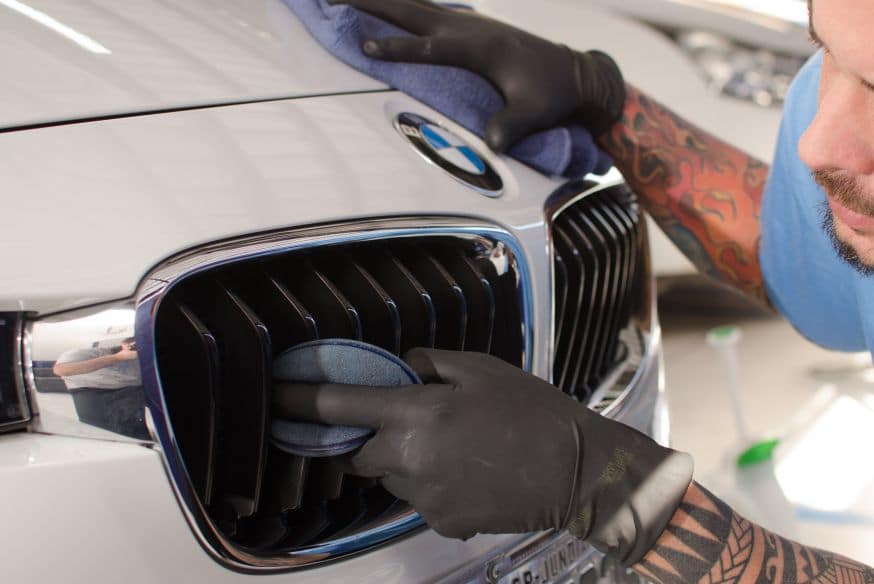 Protection
Protection
Over time, exposure to sun, rain, and harsh weather conditions can cause once-deep black exterior plastics to fade, turning them dull and chalky gray. This affects parts like side mirrors, bumpers, trims, and moldings, which not only diminishes your vehicle’s appearance but can also contribute to long-term deterioration.
The good news is that you can restore faded plastics and protect them from future sun damage by using the right methods and products.
The answer is UV exposure. Plastic parts on your car contain oils and color pigments that degrade over time when exposed to sunlight. As these oils evaporate, the plastic dries out and oxidizes, leading to:
This is especially common in hot climates or on vehicles frequently parked outdoors.
Here’s how to get that deep, rich black finish back — safely and effectively.
Before applying any product, make sure the plastic is free of dirt, grease, or old dressings.
Pro tip: Cleaning well ensures the product adheres better and lasts longer.
Choose a product specifically made for exterior trim restoration. Look for:
Apply using a foam applicator or microfiber pad. Spread evenly across the surface, and let it penetrate.
After letting the product sit for a few minutes (check label instructions), buff off any residue with a clean microfiber towel. This helps even out the finish and prevents streaks.
For heavily oxidized plastics, a second or third layer may be necessary. Just wait for the first layer to cure before applying again.
Once your plastics are restored, keep them looking good with a few simple habits:
Faded plastics don’t have to be permanent. With the right cleaning, restoration, and UV protection, your car’s exterior trim can go from tired and chalky to sleek and showroom-worthy — in just minutes.
Don’t let the sun win. Revitalize, protect, and enjoy a bold, clean look — all year round.